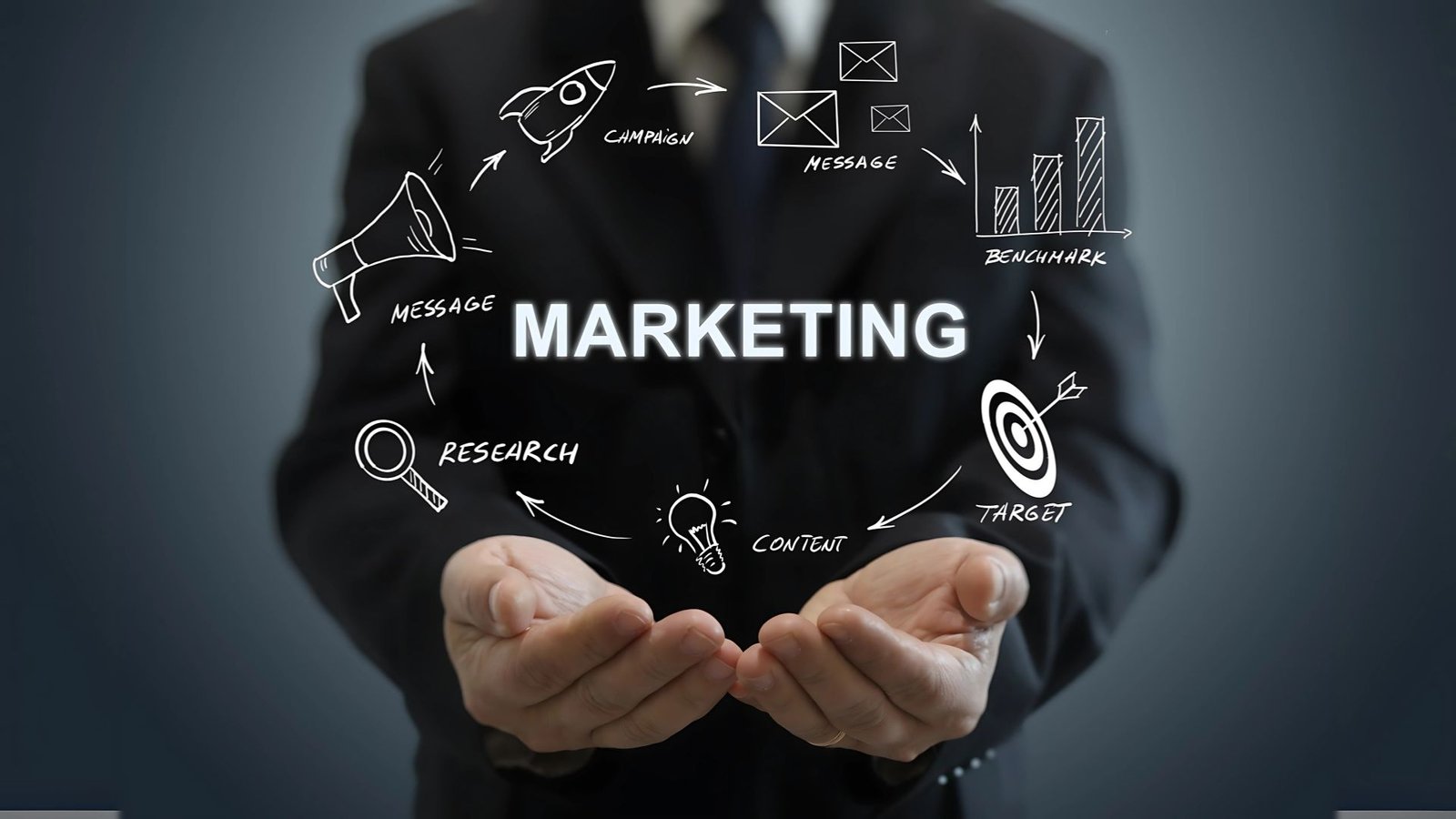
AI-Powered Marketing: How to Personalize Campaigns (Without Losing the Human Touch)
Using AI for Hyper-Personalized Marketing Campaigns (Without Losing the Human Touch)
We've all been there browsing Instagram when an ad appears that seems freakishly accurate. Perhaps it's a pair of shoes you were just discussing or a holiday package to the very destination you were searching for last night.
Creepy? A little. Effective? Absolutely.
This is hyper-personalized advertising in action, and artificial intelligence is the power plant driving it. But the twist is: if your campaigns sound canned, customers will pick up on it. The finest marketing doesn't merely hit people it resonates with them.
So, how do you use AI to craft marketing that's not just super-relevant but truly human? Let's dissect it.
Why Hyper-Personalization Matters (And Why AI Alone Isn't Enough)
Those days of sending the same email to 10,000 subscribers and praying for a 2% click-through rate are long gone. Consumers today expect brands to understand them—what they like, what they do, even their little quirks.
72% of customers only interact with personalized messages (Smarter HQ).
80% are likely to purchase from brands that provide personalized experiences (Epsilon).
AI enables hyper-personalization through analyzing gigantic data sets purchase history, browsing history, even social media posts. But data in isolation does not build connection.
The Pitfall of Over-Automation
Ever received an email that proclaims, “Hey [First Name], we know you'll LOVE this!” only to find the product suggestion utterly off base? That's AI without a human element.
The secret is balance: leveraging AI for accuracy while retaining messaging as real, relatable, and (dare we say it?) fun.
How to Leverage AI for Smarter (But Not Less Human) Marketing
1. Segment Like a Pro Then Add Personality
AI is great at segmenting audiences by behavior. But rather than blasting generic drips, create messaging that feels one-to-one.
Bad: "Customers like you also bought this."
Better: "We saw you've been looking at those sneakers—here's 10% off before they're gone!"
Pro Tip: Identify micro-segments (e.g., "weekend shoppers" vs. "late-night browsers") using AI, then craft tone accordingly. A fitness brand can use encouragement for early-morning visitors and a casual feel for evening readers.
2. Dynamic Content That Feels Handwritten
AI can create hundreds of ad versions in seconds. The catch? Making them seem like a person actually wrote them.
Example: Replace "Based on your preferences, we suggest Product X," with "You've got excellent taste here's something you'd love."
Tools to Try:
Phrase – Copy created by artificial intelligence that can fool people into thinking it is in natural language.
Persad – Applies emotional hooks to amplify interest.
3. Predictive Analytics (With Less Creepy Factor)
Predicting what a customer may next buy is done with AI. Instead of drowning them with messages that say, "You'll want this!", use a suggestive framing.
Bad: “Buy this now before it’s gone”
Better: “Your go-to skincare brand just dropped a new serum thought you’d want first dibs.”
Real-World Win: Netflix’s “Recommended for You” works because it feels curated, not pushy.
4. Chatbots That Don’t Sound Like Robots
Chatbots handle 85% of customer service queries by 2025 (Gartner). But if yours responds like a 2005 automated phone system, users will bounce.
Bad Bot: “I do not understand your request. Please rephrase.”
Better Bot: "Uh, not sure I understood that. Can you try explaining it differently?"
Pro Tip: Train chatbots on actual customer service dialogue to replicate everyday speech patterns.
The Human Touch: Where AI Can't Keep Up
AI is great, but it doesn't have:
1. Emotional insight (Why did that customer leave their cart behind again?)
2. Cultural subtlety (Is that meme reference still popular, or already cringey?)
3. Spontaneity (Sometimes the greatest marketing is off script take Wendy's Twitter.)
How to Make It Human
Make human beings read AI-written content prior to publication.
A/B test messaging occasionally, the more offbeat version fares better.
Prompt user-generated content (UGC) to lend credibility.
AI Is the Tool, Not the Strategist
AI can analyze, predict, and automate but can't substitute human creativity. The best campaigns utilize AI for efficiency and human judgment for emotional appeal.
So, go for it: leave the data analysis to AI. But when it comes to writing messages that truly resonate? That's all you.
Turn your expertise into a thriving online course business without the tech stress.
Skill Bloomer gives educators, coaches, and trainers an all-in-one platform to build, launch, and grow effortlessly. No coding required. No tech confusion. Just a smooth, simple journey so you can stay focused on teaching, connecting, and making an impact where it matters most.
